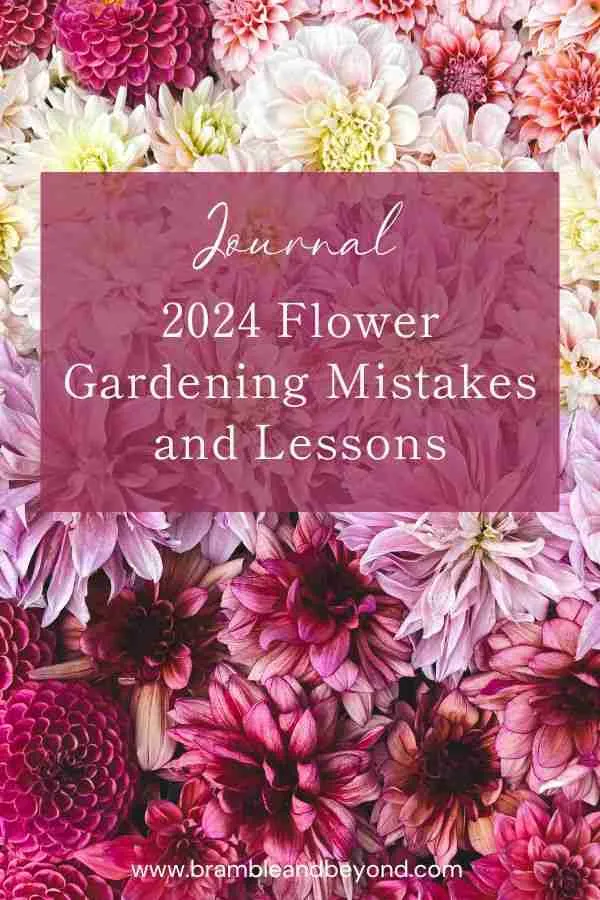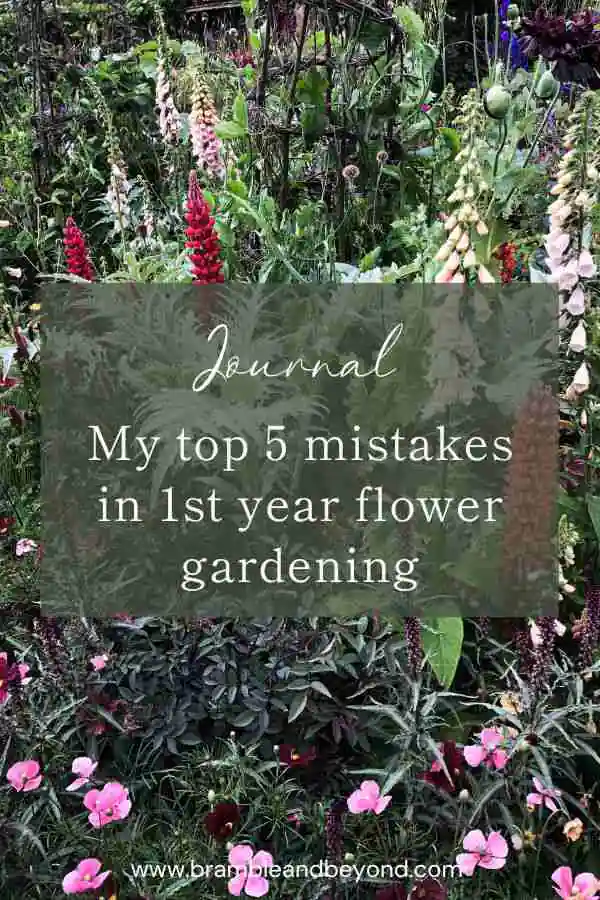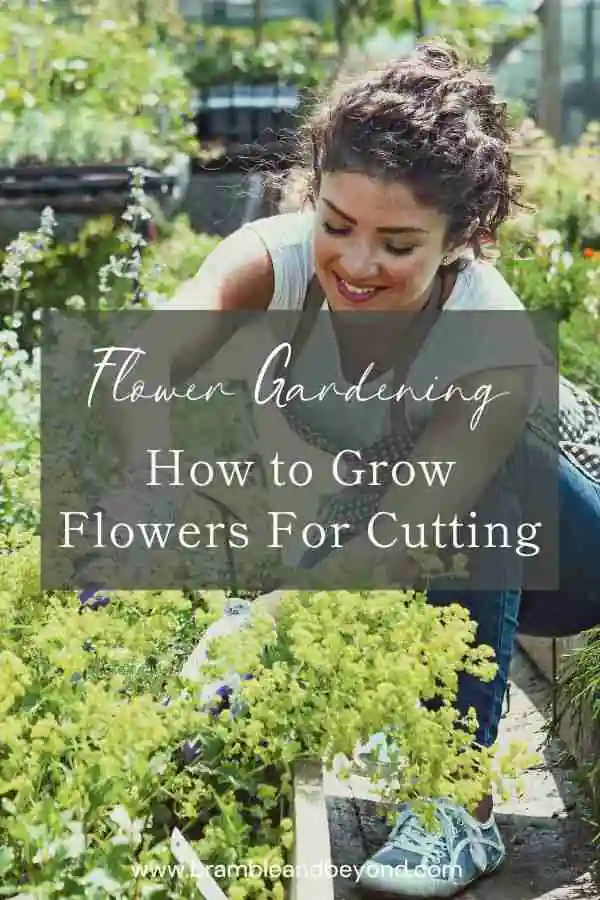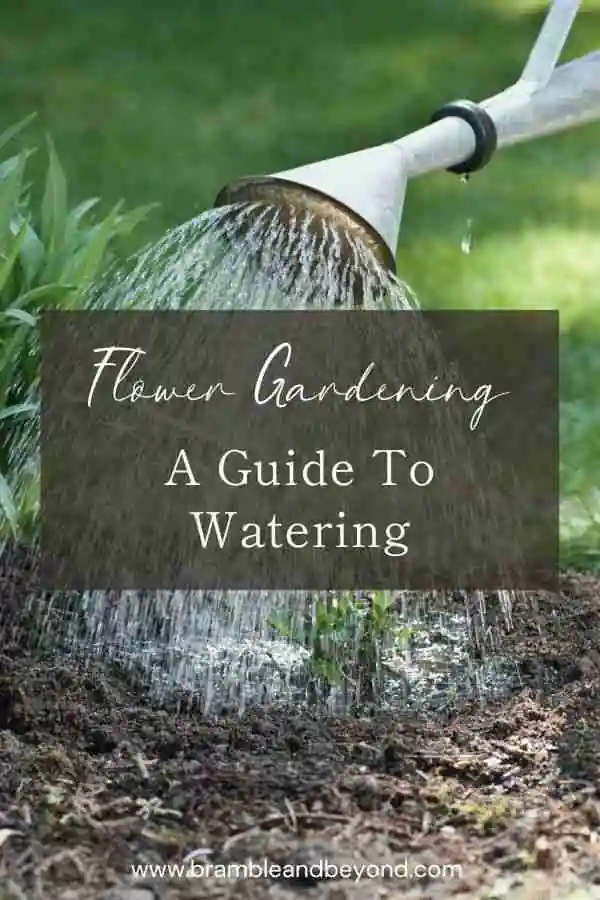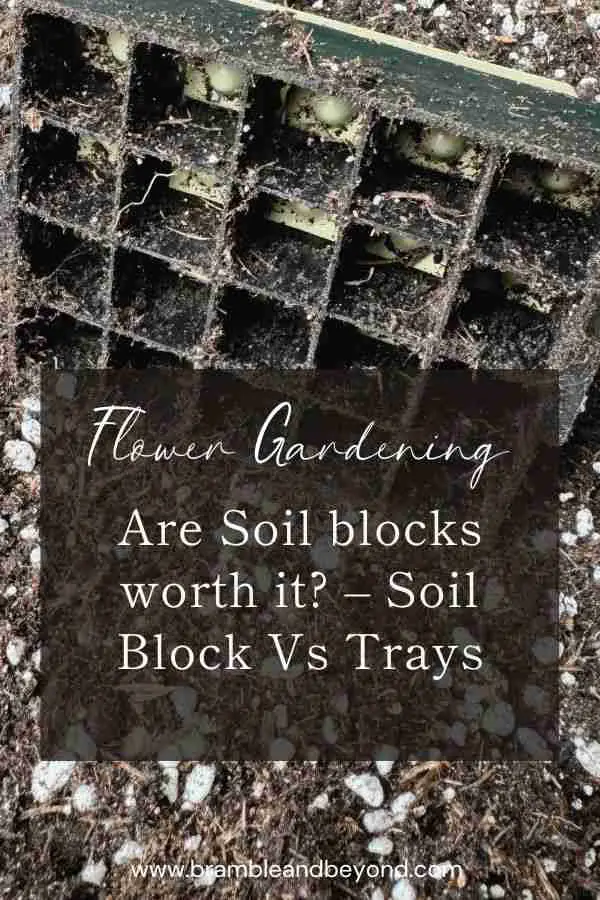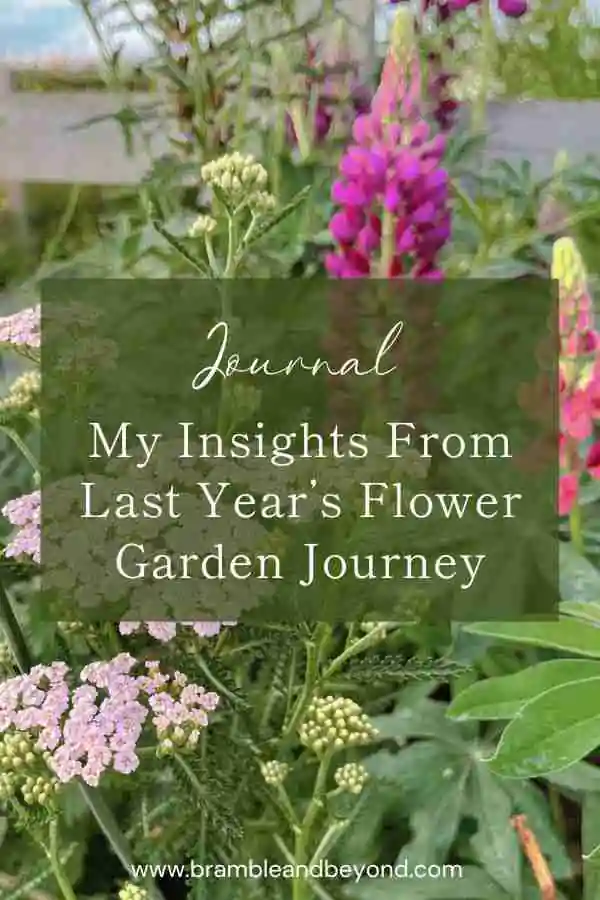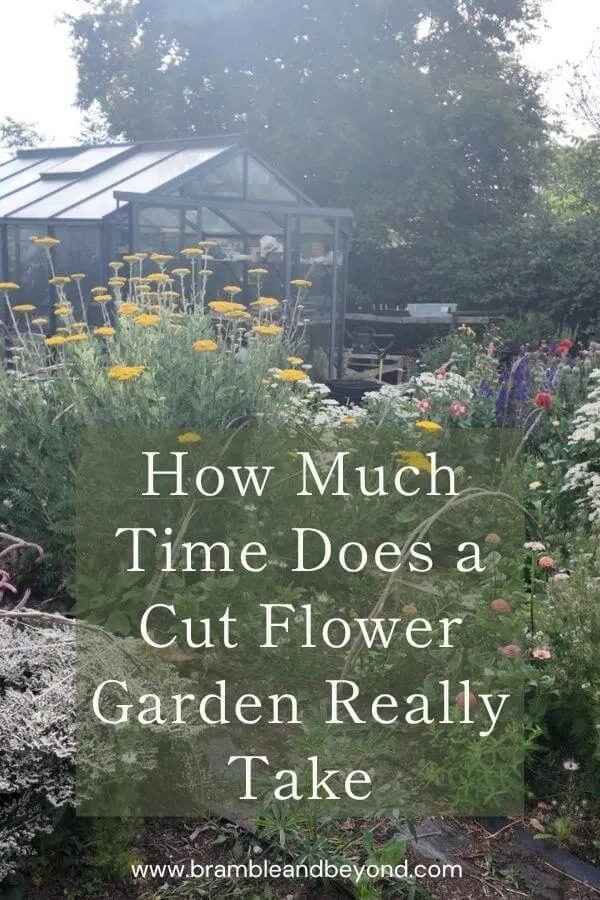Disclosure: This post may contain affiliate links, meaning I get commission if you decide to make a purchase through my links, at no cost to you. Please read my Affiliate Disclosure for more information.
Well, what a year it’s been! 2024 was a rollercoaster on my little flower farm (if you can even call it that!). From slug-related heartbreak to moments of pure floral magic, it’s been a year full of lessons, surprises, and the occasional tantrum (mostly mine).
Running a flower farm isn’t for the faint-hearted. It’s muddy, unpredictable, and often far from Instagram-perfect. But it’s also deeply rewarding—watching tiny seeds grow into stunning blooms and then creating something beautiful from them is a privilege I never take for granted.
As we step into 2025, I’m reflecting on the highs and lows of the past year. This isn’t just for me—it’s also for you, my fellow wild-at-heart flower lovers. Whether you’re a seasoned grower or dreaming of your own flower patch, I hope my lessons from 2024 inspire and encourage you.
The Highs: Flower Comebacks and Creative Triumphs
Slug Chaos and the August Bloom Revival
Let’s start with the drama: For the first time since starting to grow my cutting patch, I had a good amount of seedlings good to go and planted out in May. I had high hopes for the season. However, June was a disaster. Slugs were everywhere, and when I say everywhere, I mean it. My poor flowers were practically skeletons, and I was sure the season was a write-off. I tried everything—beer traps (which my husband thought was a waste), late-night slug patrols with a torch (which my husband found hilarious), and mulching with brambles and wool pellets. I nearly resorted to the dreaded blue slug pellets. Thankfully, I didn’t and found that the miracle of Strulch, kept them at bay enough to help them recover. You can find out more about environmentally control slugs here.
But here’s the thing: nature is amazing. By August, my garden had bounced back in ways I couldn’t have imagined. Not only were the dahlias flowering again, but they were thriving. I had more blooms than I knew what to do with. Okay, I lost all my larkspur but I discovered that grasses, scabiosa and snap dragons are resilient to slugs.
Lesson learned: Trust in nature. Plants are resilient when given the chance. Sometimes the best thing we can do is provide them with the right environment and let them work their magic.
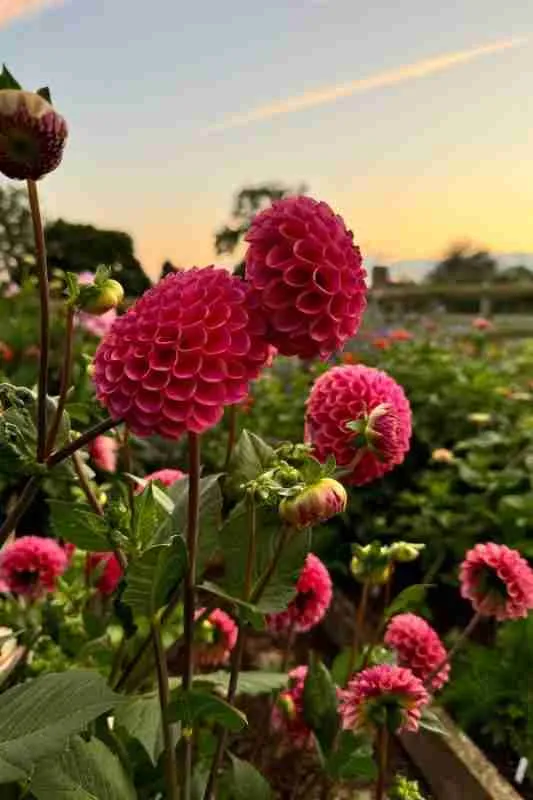
Creative Wins: Flower Installations
One of my favourite moments of the year came at the end of June when I created several flower installations for a weekend party. It was a mix of dried and fresh flowers, and seeing my work on display was a proud and joyful moment. Made more emotional when everyone kept telling me how wonderful they were. In particular, the host telling me every time she looked at them they made her smile. That meant so much to me.
It reminded me why I started this journey in the first place: to connect people with the beauty of nature. Creating installations that brought smiles and sparked conversations was incredibly rewarding, and it’s something I’d love to do more of in the future.
Tip for readers: If you’re growing flowers for creative projects, think about what brings you the most joy. Whether it’s bouquets, wreaths, or installations, focus on what lights you up.
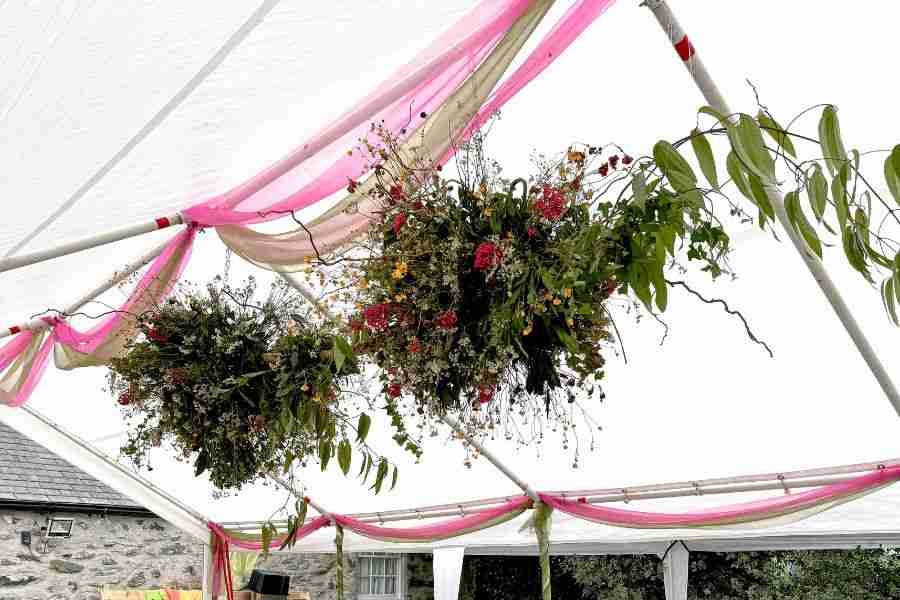
The Lows: Lessons in Planning and Purpose
Timing is Everything
One of my biggest mistakes this year was not maximising flower production for earlier in the season. Flowers grown in the height of summer dry faster, retain their vibrant colours, and are less prone to mould. By contrast, flowers harvested at the start or end of the season took longer to dry and often lost their vibrancy.
I lost quite a bit of stock because of this. I can’t tell you how disappointing it was to have carefully cut and hung armloads of dahlias, only to throw them away a month later because they had mould on them.
This year, I’m prioritising getting my flowers to bloom as early as possible to ensure I have plenty of high-quality flowers ready for drying in the best conditions. So I will be forgoing, all the recommended advice and will be sowing earlier than ever. Fingers crossed, I can make this work.
Tip for readers: If you’re drying flowers, timing is crucial. Aim to harvest when conditions are warm and dry for the best results.
Don’t waste your space
Snapdragons are beautiful. They’re hardy, slug-resistant, and add a lovely pop of colour to fresh arrangements. But here’s the catch: they don’t dry well. Their colour fades to a mucky grey, and they just don’t hold up the way other flowers do.
I dedicated too much space in my garden to snapdragons this year, which was a mistake. They made for good Instagram photos, but didn’t really serve any other purpose to my business. In 2025, I’m focusing on flowers that I know work well for dried arrangements—strawflowers, limonium, and a variety of grasses to name but a few.
Lesson learned: Be selective about what you grow. If you’re working with limited space, focus on plants that align with your goals and will give you the most value.
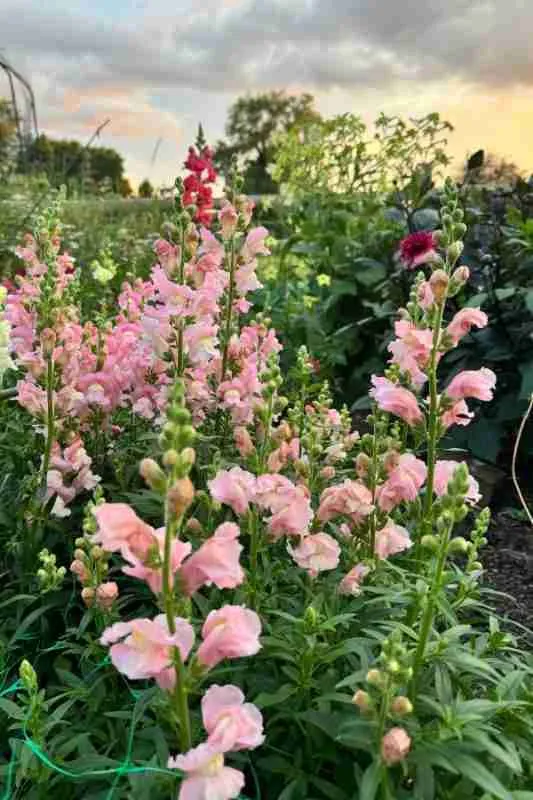
Looking Ahead: Big Dreams for 2025
A Flower Studio
One of the biggest changes I’m making this year is building a flower studio. For too long, my home office, and as a result the rest of my house, has been covered in dried flower debris, and my husband has (quite understandably) had enough.
The plan is to convert one of our outbuildings into a dedicated space for drying, arranging, and creating. It’ll be my sanctuary—a place where I can dream up new ideas and bring them to life without worrying about tracking flower petals through the house. I feel incredibly grateful that I have this opportunity, and can’t work out why I haven’t done it sooner!
If all goes to plan, the studio will be ready before the blooms start rolling in, giving me a full season to make the most of it. I can’t wait!
A Focus on Profitable Crops
This year, I’m streamlining my flower selection. While I’ll still experiment a little (because where’s the fun in playing it safe?), the majority of my garden will be dedicated to reliable dried flower crops.
Strawflowers in a range of colours, different varieties of limonium, and plenty of grasses are at the top of my list. These flowers not only dry beautifully but also have a long shelf life, making them perfect for wreaths, bouquets, and other arrangements.
Tip for readers: If you’re growing with a specific goal in mind—whether it’s dried flowers, fresh bouquets, or garden décor—plan your crops accordingly.
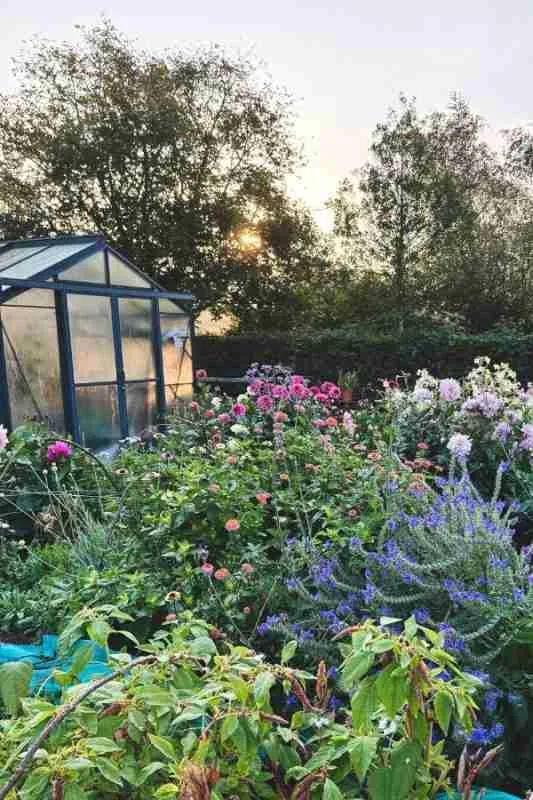
Building a Sustainable Business
Here’s the biggie: I need this flower farm to be sustainable—not just for the environment but also for me. That means turning it into a viable, profitable business where I can earn a liveable wage.
Up until now, I’ve been selling dried flowers on Etsy, starting with simple bunches of single varieties. It worked reasonably well initially, but the excitement quickly wore off. To stay competitive, I had to keep prices low, and after Etsy’s fees, I was left with a dishearteningly small profit.
Every time an order came in, what should have felt like a win became a reminder of how much time and energy I was pouring into something that wasn’t sustainable. Growing, drying, packaging, and then driving to the post office for just a few pounds of profit—it wasn’t sparking joy, as Marie Kondo would say.
Everything changed when I started selling Christmas orders through my own website. Suddenly, I could see a path forward. Selling through Etsy, in its current form, can’t be my long-term goal. The competition is fierce, the profits are slim, and there’s no room for creativity. I want more for my business and for myself.
This year, I’m focusing on building my website as the main hub for my dried flower business. Not only is it more profitable, but it also allows me to create a curated shopping experience that reflects my brand and values. I’ll be leaning into higher-value, creative offerings like wreaths, bouquets, and installations—products that allow me to channel my passion into something truly unique.
I’ve got plans for new products and ideas for better marketing, but now it’s time to stop procrastinating and make it happen. If I can connect with people who value sustainable, handmade beauty, I know this little farm can thrive
Tip for readers: Whether you’re farming, crafting, or pursuing a creative passion, don’t be afraid to think about profitability. It’s not about selling out—it’s about creating a life that allows you to keep doing what you love. In particular, if you’re selling handmade products, take time to reflect on whether your current sales platform aligns with your goals. Sometimes, a small shift—like creating your own website—can make all the difference.
Conclusion: Reflect, Learn, and Bloom
2024 wasn’t perfect, but it was full of growth—both in the garden and in me. I learned that mistakes aren’t failures; they’re just lessons in disguise. I also learned to trust nature, focus on what matters, and never underestimate the power of a comeback (whether it’s plants or people).
As I step into 2025, I’m excited about what’s ahead. A new flower studio, a streamlined garden plan, and a renewed commitment to creating beauty and joy—it’s all blooming on the horizon.
As the saying goes: “The flower doesn’t dream of the bee. It blooms, and the bee comes.” Here’s to blooming boldly in 2025 and trusting that everything else will follow.
What was your biggest lesson from 2024? Share your story in the comments or connect with me on Instagram (@BrambleAndBeyond). Let’s inspire each other to grow, dream, and bloom this year!

